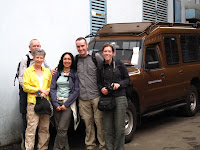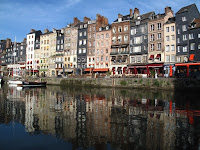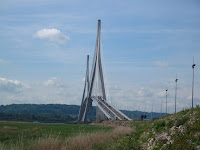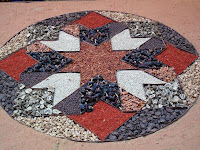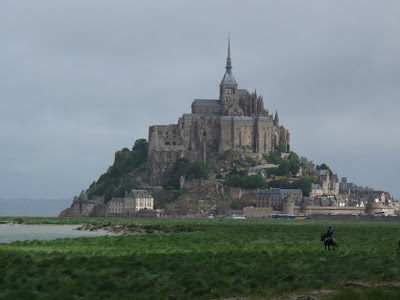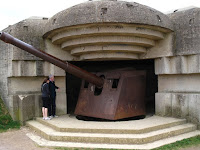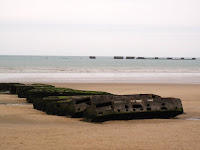
 An early morning safari followed our 7 a.m. breakfast enabling us to see the animals out feeding, including a pride of five lionesses feeding on a buffalo carcase. Later we saw eight elephants reasonably close to the track before coming across the first signs of the coming wildebeest migration.
An early morning safari followed our 7 a.m. breakfast enabling us to see the animals out feeding, including a pride of five lionesses feeding on a buffalo carcase. Later we saw eight elephants reasonably close to the track before coming across the first signs of the coming wildebeest migration.  Apparently zebras lead the way and we came across a herd of zebra all strung out in a nose-to-tail line sauntering steadfastly across the savanna. All we had to do was pick a spot and park and wait as the line of zebras and a few wildebeests filed silently across the road right behind us – a litteral “zebra crossing”. What an amazing sight.
Apparently zebras lead the way and we came across a herd of zebra all strung out in a nose-to-tail line sauntering steadfastly across the savanna. All we had to do was pick a spot and park and wait as the line of zebras and a few wildebeests filed silently across the road right behind us – a litteral “zebra crossing”. What an amazing sight.

Could it get better? The route eventually took us to the border with Tanzania and then back into Kenya where we visited a river full of hippos. An armed soldier took us for a walk along the river to see groups of hippos whiling away the day spending their time underwater to keep from getting sunburned. Also on the banks (fortunately the opposite banks) were two crocodiles.

 Returning to camp we passed a family of baboons, our first Masai giraffes and even a lone tortoise ambling along the road. And everywhere there were Thompson's gazelles, Grant's gazelles and Topi.
Returning to camp we passed a family of baboons, our first Masai giraffes and even a lone tortoise ambling along the road. And everywhere there were Thompson's gazelles, Grant's gazelles and Topi. After a brief rest, we went for a lateafternoon safari with warthogs, wildebeests, bat-eared foxes, ostriches and more, even closer, elephants. There were also many birds whose names we have already forgotten but the stork and the Secretary bird were special treats.
After a brief rest, we went for a lateafternoon safari with warthogs, wildebeests, bat-eared foxes, ostriches and more, even closer, elephants. There were also many birds whose names we have already forgotten but the stork and the Secretary bird were special treats.------




